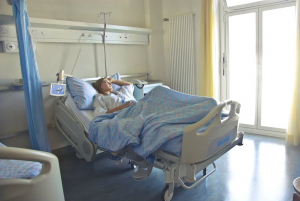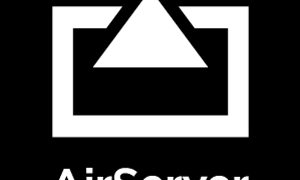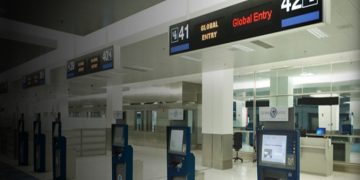The provision of accessible emergency care is of paramount importance in ensuring prompt and effective healthcare delivery. One crucial factor that contributes to this accessibility is the proximity of hospitals to individuals in need.
This article aims to explore the benefits of finding the nearest hospital near me, focusing on the technological advancements behind the ‘Hospital Near Me' service. By examining how this service functions and guiding its usage, we seek to enhance our understanding of how mobile apps can augment emergency care provisions.

The Importance of Accessible Emergency Care
The provision of accessible emergency care plays a crucial role in ensuring prompt and effective medical interventions for individuals facing acute health crises.
In recent years, telemedicine options have emerged as a viable solution to improve access to emergency care services, particularly in rural communities. The impact of telemedicine on rural communities is significant due to the limited availability of healthcare facilities and specialists in these areas.
Telemedicine allows individuals in remote locations to connect with healthcare professionals through video consultations, enabling timely assessment and treatment recommendations. This not only reduces the need for long-distance travel but also ensures that patients receive appropriate medical attention without delays.
Additionally, telemedicine can facilitate real-time communication between emergency medical providers and hospitals, allowing for better coordination and planning of patient transfers when necessary.
Overall, the integration of telemedicine options into emergency care delivery has the potential to greatly enhance access to quality healthcare services for individuals residing in rural communities.
Understanding the Benefits of Hospital Proximity
Proximity to a healthcare facility offers numerous advantages in terms of timely access to medical services and potential life-saving interventions.
The convenience of having a hospital nearby allows individuals to seek immediate medical attention when emergencies arise, reducing the risk of complications or even death. Research has shown that shorter travel distances to hospitals are associated with decreased mortality rates for conditions such as heart attacks and strokes.
Additionally, living close to a healthcare facility enables patients to easily schedule routine appointments, follow-up visits, and preventive screenings, promoting overall health maintenance and early detection of diseases.
This proximity also facilitates coordination with specialized care providers and access to advanced treatment options that may not be available in more remote areas.
Also Read : 6 Self-Care Tips for Recovering and Staying Well After a Heart Attack
Exploring the Technology Behind “Hospital Near Me
Exploring the technology behind geolocation-based hospital search applications provides insight into the mechanisms that enable individuals to easily locate and access healthcare facilities in their vicinity.
These applications utilize telemedicine advancements to provide users with real-time information about nearby hospitals, including their availability, services offered, and estimated wait times.
By leveraging geolocation data from users' smartphones or GPS devices, these applications can accurately pinpoint a user's location and match it with the nearest hospitals.
This technology streamlines the process of finding emergency care by eliminating the need for manual searches or relying on outdated directories.
However, there are also user privacy concerns associated with these applications.
Analyzing these concerns involves examining how location data is collected, stored, and shared by these platforms while ensuring that proper safeguards are in place to protect users' sensitive information.
How to Use the “Hospital Near Me” Service
Utilizing the geolocation-based hospital search service involves inputting one's current location to generate a list of nearby healthcare facilities. This service employs advanced technologies such as GPS and mapping systems to accurately determine the user's location and identify hospitals within a certain radius.
By providing access to real-time information, this service enables individuals to quickly find nearby hospitals in case of emergencies or urgent medical needs. It eliminates the need for manual searches or relying on outdated directories, ensuring that users can easily locate healthcare facilities wherever they are.
With just a few taps on their mobile devices, users can access vital information such as contact details, directions, and available services at each hospital listed. This efficient system greatly enhances the accessibility of emergency services and improves overall patient outcomes.
Enhancing Emergency Care With Mobile Apps
Mobile apps have revolutionized the way emergency services are accessed and delivered, with advancements in technology providing users with unprecedented convenience and efficiency.
These apps offer a range of features that contribute to improving response times during emergencies. One such feature is the ability for users to directly call emergency services through the app, eliminating the need to search for contact numbers or navigate phone menus.
Additionally, some apps utilize GPS technology to automatically transmit the user's location when a distress call is made, enabling emergency responders to quickly locate and reach the individual in need.
Furthermore, mobile apps often provide real-time updates on ambulance availability and estimated arrival times, allowing users to make informed decisions regarding their safety or that of others.
Overall, these features offered by mobile apps greatly enhance emergency care by streamlining communication processes and facilitating faster response times.

























